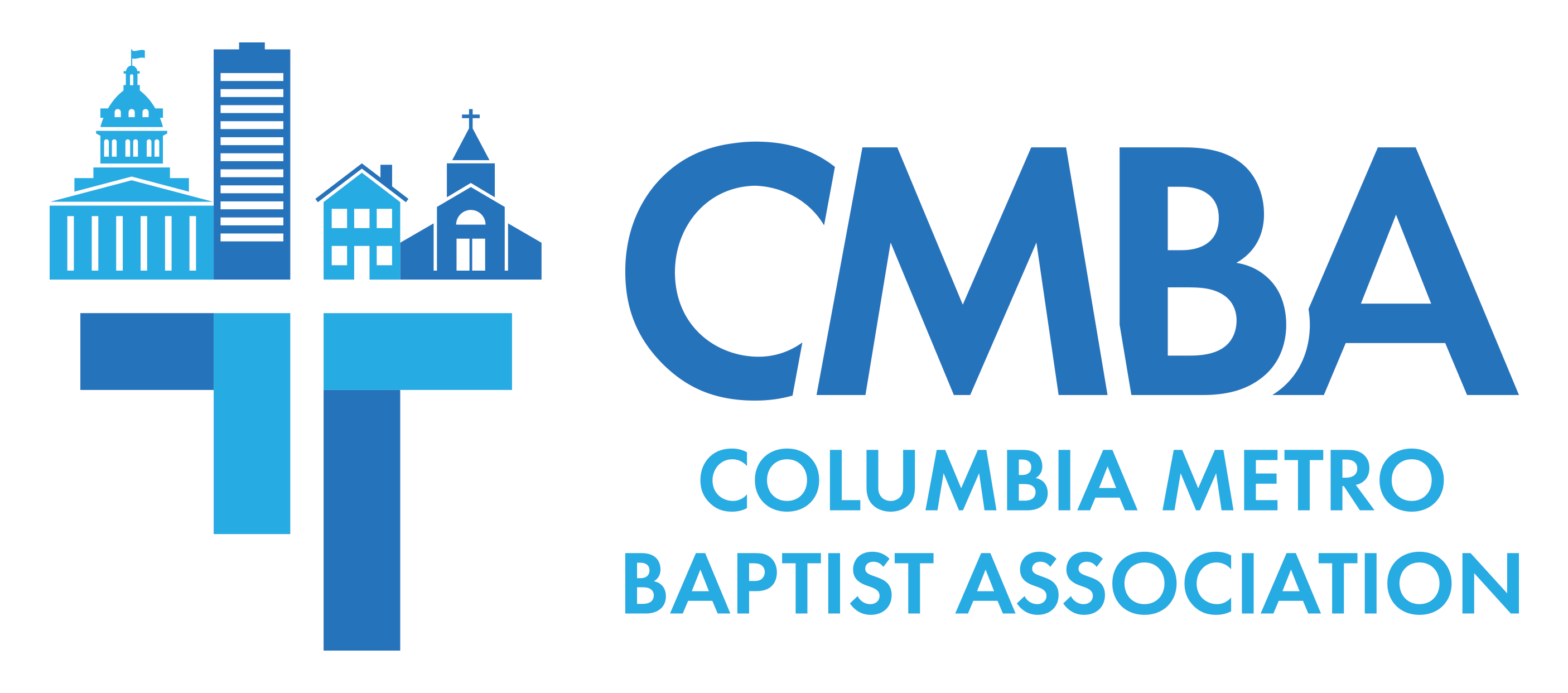Also view at https://www.facebook.com/pg/BullardNetwork/notes/
During the COVID-19 Pandemic I have been reading a lot of books. Many are about popular or historic leaders, and some are written by noteworthy leaders. As I read the various perspectives on leadership, I am reminded of a framework shared with me by a friend and colleague almost 40 years ago that talked about the interplay of acceptability and predictability. Here is an illustration of the framework:
Acceptability and Predictability Framework
| ACCEPTABLE UNPREDICTABILITY | ACCEPTABLE PREDICTABILITY |
| UNACCEPTABLE UNPREDICTABILITY | UNACCEPTABLE PREDICTABILTY |
The idea is that at times the actions of a person are acceptable to those people with whom they are interacting or trying to lead, and at times they are not. Likewise, at times the actions of a person are predictable and at other times they are not. I am not sure that the perceived ideal is that the actions of leaders are always both acceptable and predictable (upper right quadrant), but I know that unacceptable actions that are also unpredictable are almost always bad (lower left quadrant)
If leaders are seeking to develop faithful yet empowered followers, then the general pattern must be that their decisions and actions are acceptable. The more a leader is known by their followers, the more their decisions and actions will be predictable. At times predictable decisions and actions are because the leader, followers, and organization or movement are committed to engaging only in ideas that fit their paradigm or culture. Decisions and actions at the edge of organizations and movements can be less acceptable to some people but may actually be the motivation that moves the organization or movement forward.
If leaders are leading from a foundation of a clear and deeply owned mission, purpose, core values, and vision known to and owned by their followers, then more times than not their decisions and actions will be predictable. Yet, when leaders become too predictable then something may be lost in terms of creativity and innovation. Overly predictable organizations often do not remain on the cutting edge.
The idea is not that leaders, organizations, and movement need decisions and actions that are always acceptable and predictable. Yes, there is some comfort and security in these decisions and actions, but they are not always good for the long-term future journey of the organization or movement.
Switching to another perspective, and the one while reading various books which led me to think once again about this concept, the most destructive quadrant is the Unacceptable/Unpredictability quadrant. This is where really scary stuff can take place, particularly if there is no confidence in the ability of the leader to lead. This is where leaders are making bad decisions when everyone hoped the leaders was going to at least make a neutral decision but out of nowhere they made a crazy decision.
Too many Unacceptable/Unpredictability decisions can lead to low morale, derailing the spiritual and strategic moorings of the organization or movement, and ultimately become destructive.
If I were ranking the quadrants from worst to best, I would start with Unacceptable/Unpredictability. Second, I would move to Unacceptable/Predictability where you can predict the leader is going to focus on unacceptable decisions, but followers may be able to reposition or redirect the decisions.
Third, may surprise you. It is Acceptable/Predictability. This is a good quadrant, but not a great one. It can long-term lead to a mediocre organization or movement, and/or to one that is culturally bounded. It can fail to have continual innovation and fall behind in its significance in an everchanging world.
I would call the best leadership quadrant Acceptable/Unpredictability. It is the “Wow, I did not see that one coming, but I like it” quadrant. This is where ongoing innovation and some acceptable disruptive transition and change can take place. It is not that every decision or action must be unpredictable. It is that enough must be unpredictable that people do not become too comfortable and institutionalize the focus, direction, and actions of their organization or movement.
Questions to Ponder
- In terms of acceptability and predictability where are the leaders of your congregation, denomination, or parachurch organization?
- As a leader, what is you self-awareness about the acceptability and predictability of your decisions and actions?
- As a follower, how do you best support leaders who at times are acceptable and predictable, and at other times unacceptable and/or unpredictable in their decisions and actions?
- What type of conversation among leaders and followers is needed to help leaders empower followers, and followers support leaders?
- How does this framework apply to teams or leadership communities in an organization or movement?
George Bullard, www.BullardJournal.org, August 3, 2020

